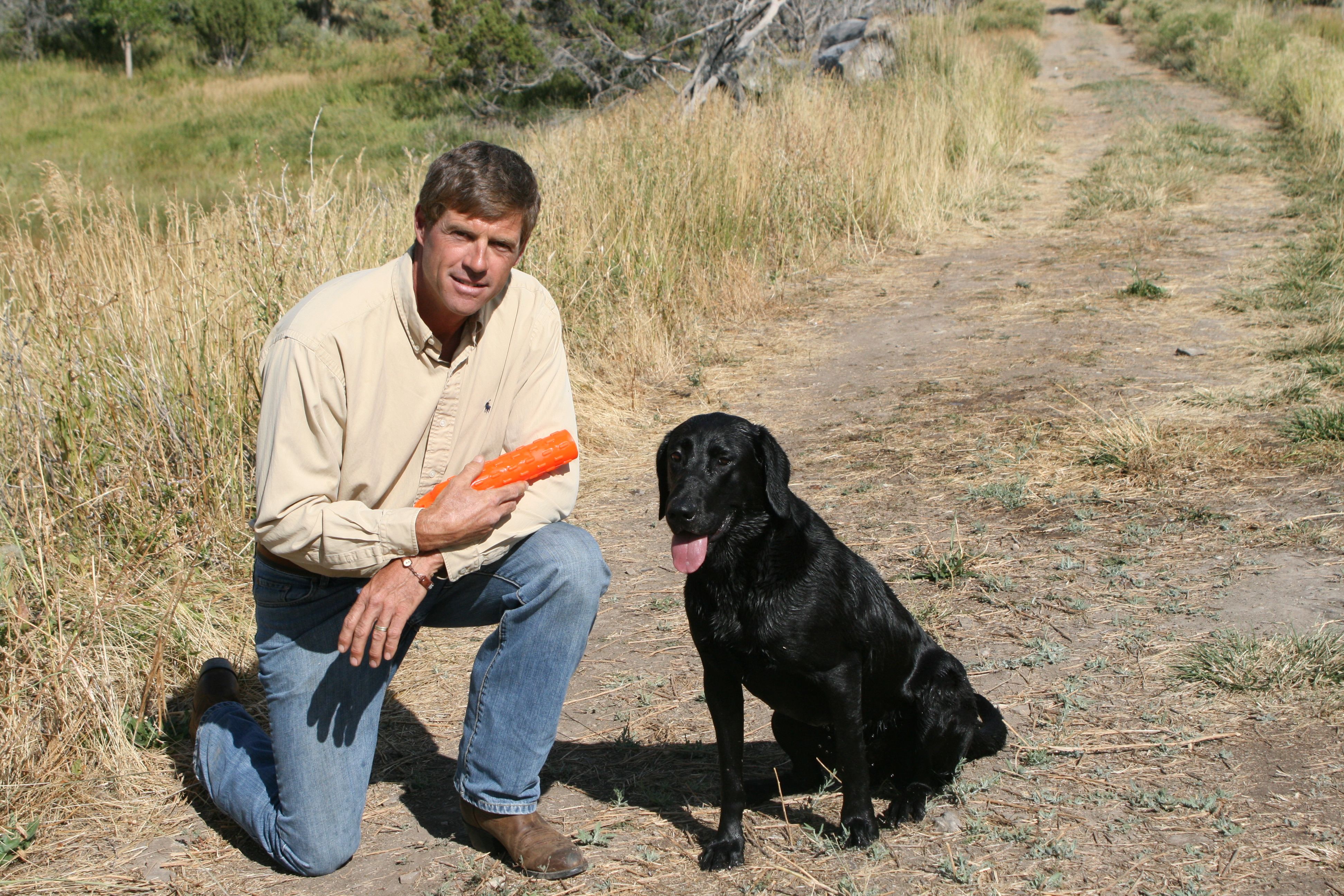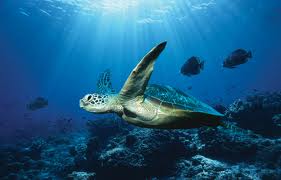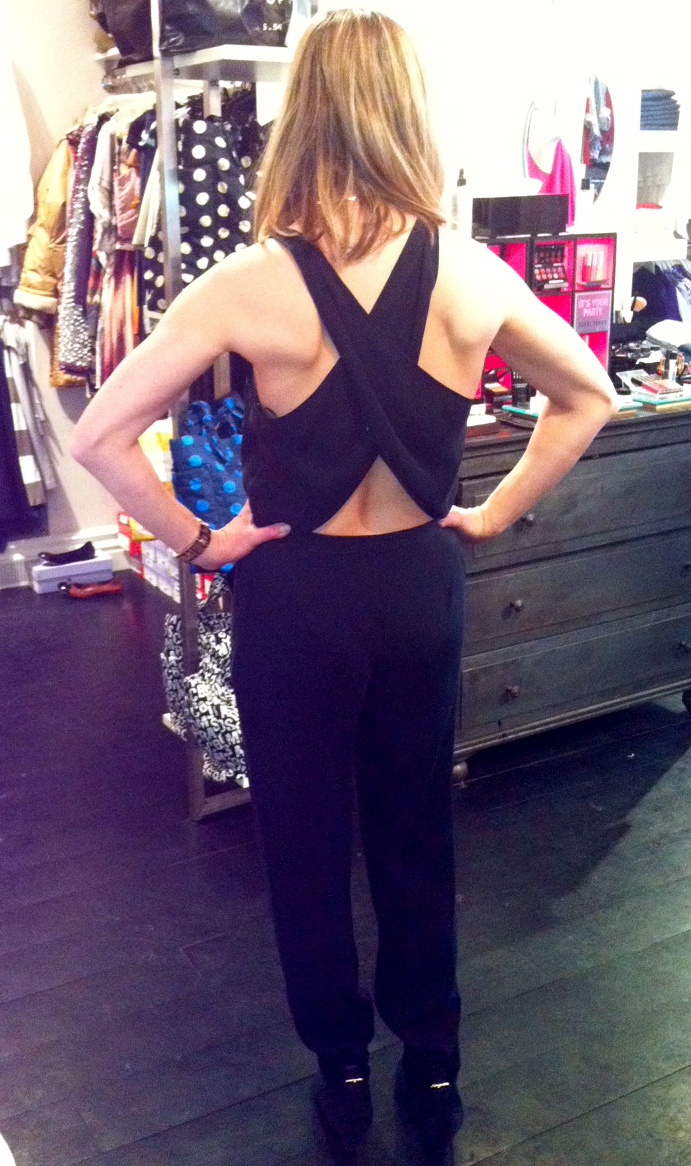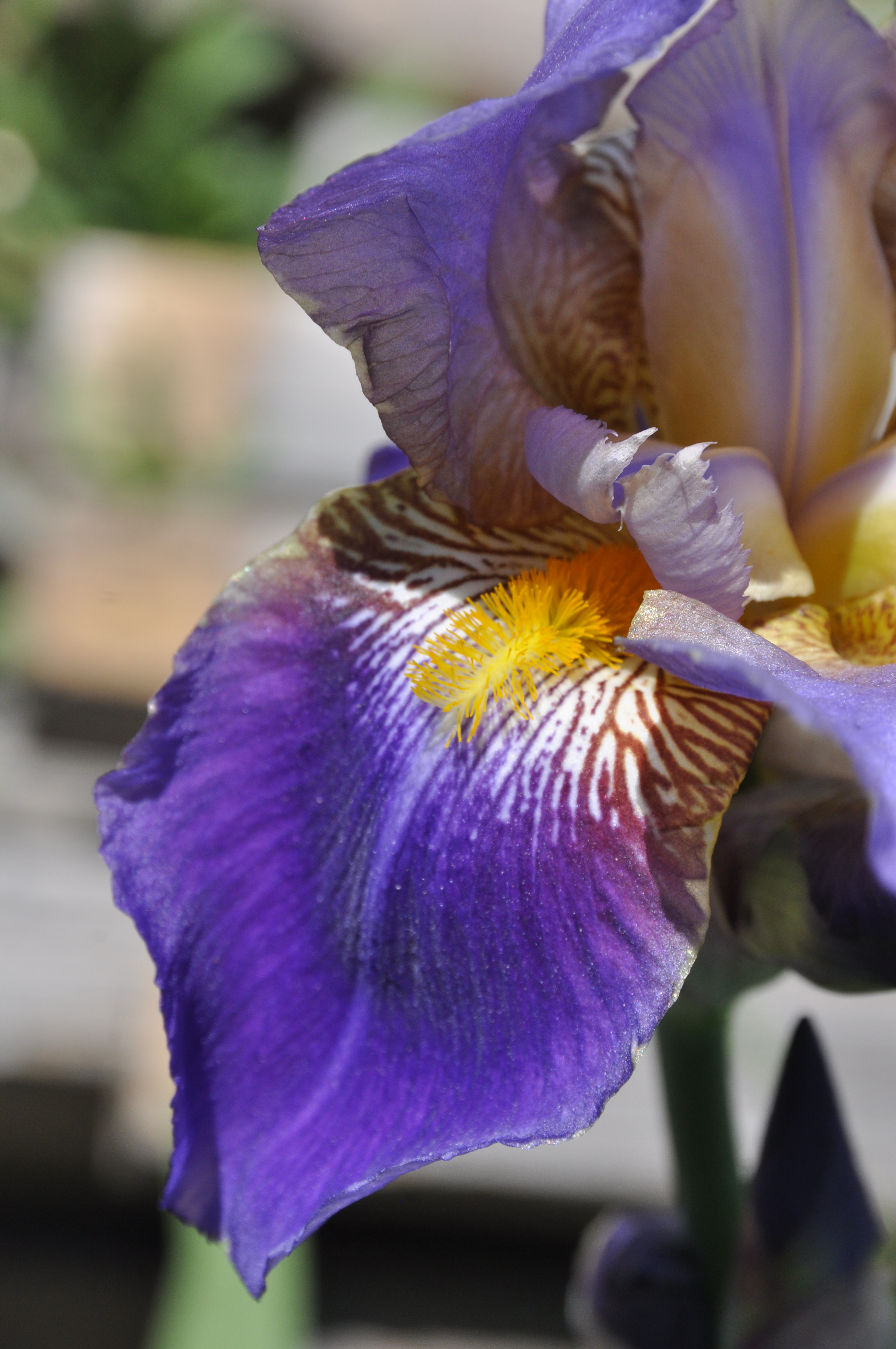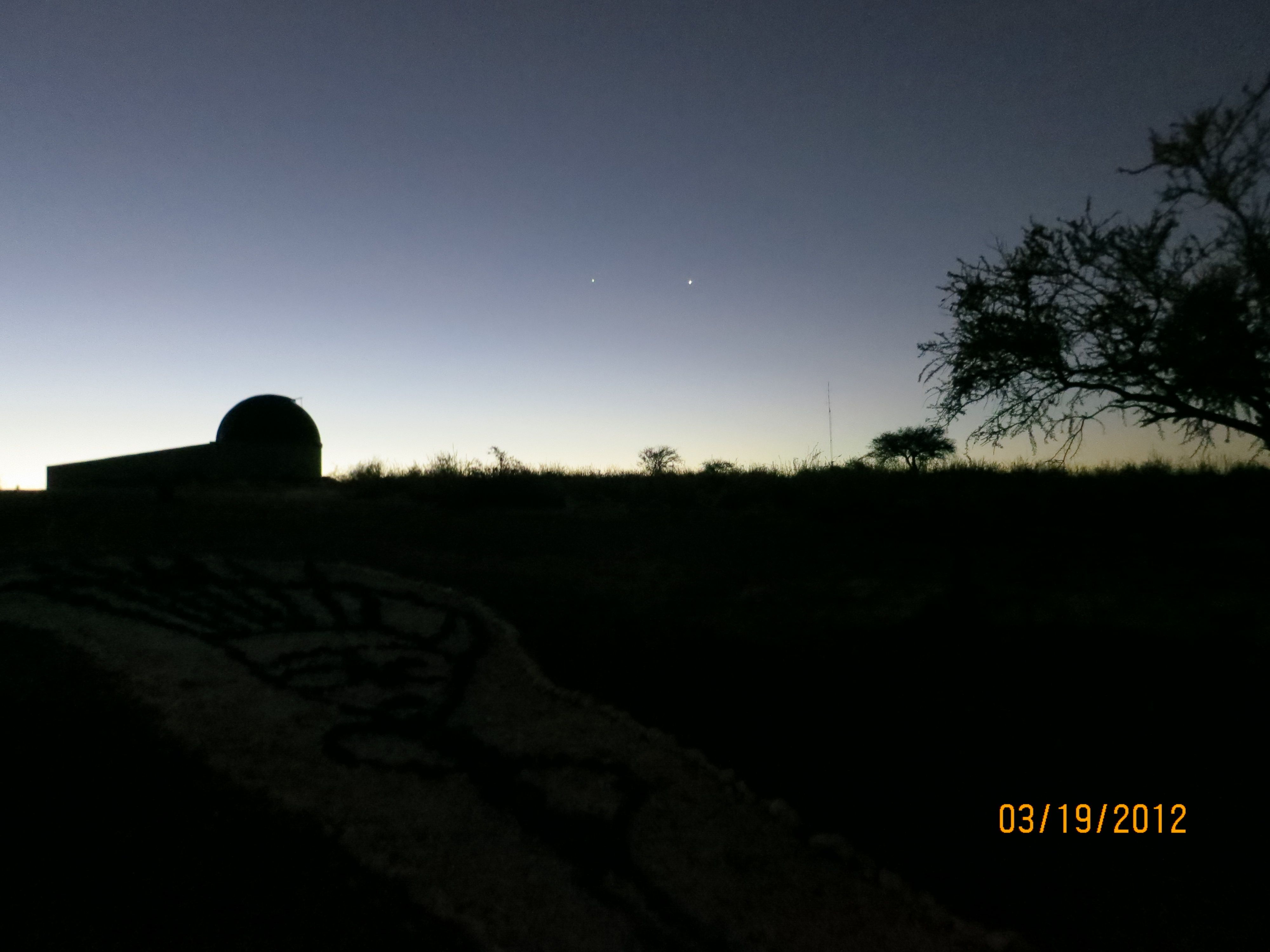SNOW SUNDAY: GET US ON THE MOUNTAIN
For most in Telluride, getting on the mountain is the priority throughout the winter. Yet, everyone has a few obstacles—work schedules, kids, or work schedules and kids. So, sometimes just getting to the lift is the result of a perfectly executed strategy. In my house, we...




